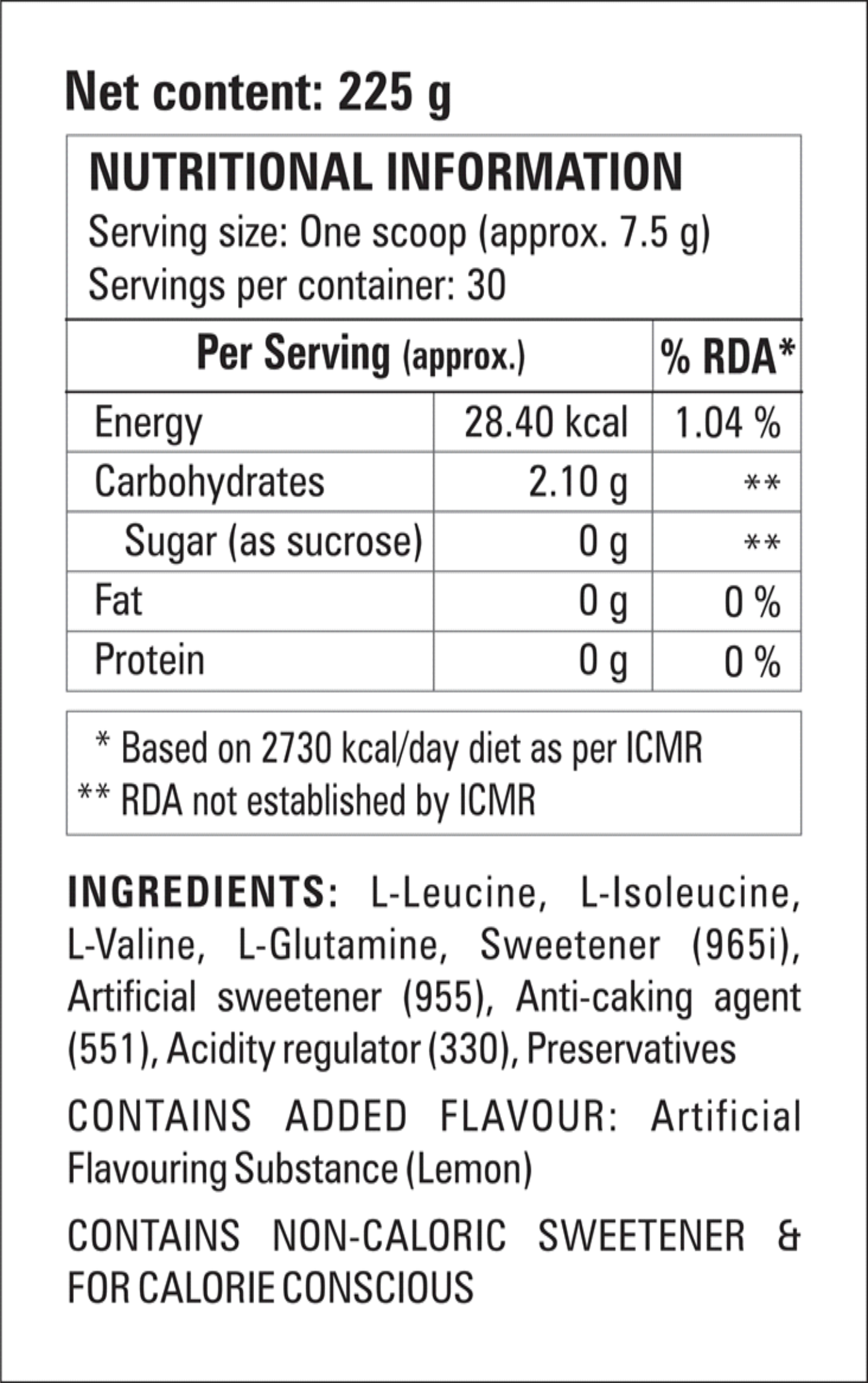UNDERSTANDING NUTRITION FACT LABELS
How many of us are in the habit of holding up a product to read its label before buying it? Well, most of us, and that too of late. Studies show that the growth of the Fitness and Nutrition industry has spurred awareness of good health and well-being, inspiring a majority of consumers, who have been found checking their Nutrition Fact Labels since recently. Having said that, it is also true that advertisements still hold sway over a large number, some of whom check only for the expiry date, while others either do not check at all or are not aware of what to check for.
The Ministry of Health and Family Welfare has made Nutrition Fact Labels on packaged food products mandatory in India since September 2008, to inform consumers of their food choices before purchase.
We explain the Nutrition Fact Label in detail here along with health aspects to look out for while choosing a food product.
This food label is in line with the latest FSSAI (Food Safety and Standards Authority of India) format.

1. “Serving Size” and “Servings Per Container”
Serving Size is the recommended size or the quantity of one serving and is usually stated in regular measures such as scoop, tablespoon, cup, etc. See the directions for use to make one serving of the product.
Servings Per Container shows how many recommended Serving Sizes are there in the entire package or container.
Tip: Compare two different products using identical Serving Sizes to make the best choice.
2. Calories and Nutrients Per Serving
The Per Serving column lists the nutrients, their quantity and %RDA in one Serving Size. This states the number of calories present in one recommended Serving Size of the product.
For example, some of the sports drinks and sugary drinks which are 500 ml bottles, mention serving size as 100 ml and thus give nutrients and calories for 100 ml. As such they tend to underplay the amount of sugar they provide. In such cases, if you consume the entire bottle, you are consuming 5 times the sugar claimed per serving.
3. Nutrients
Know which ones to limit
Look out for the quantity of total sugar, saturated fats, trans fats and sodium. Consuming products that are high in these areas increases the risk of diabetes, heart diseases, cancer, high blood pressure etc. If the claim says “cholesterol-free”, check for trans fats. If the claim says “fat-free”, check for calorie-raising sugar content.
The most common names of sugar listed on Nutrition Fact Labels are dextrose, fructose, glucose, sucrose, lactose, maltose, brown sugar, caster sugar, raw sugar, honey, malt, golden syrup and maple syrup.
Know which ones to increase.
- Nutrients such as protein, dietary fiber, iron, Vitamin A, Vitamin C, calcium, Vitamin D, selenium and zinc are beneficial to human health and should be consumed more.
- Recommended dietary fiber per day is 25-35 grams. A product containing 3 grams or more of fiber is good, while 5 grams or more is excellent.
4. Percentage Daily Value (% RDA)
RDA stands for recommended dietary allowance or recommended daily allowance, and as the name suggests is the recommended quantity of the nutrient to be consumed daily as established by various regulating authorities, based on gender, age, etc. Most countries have Food and Nutrition Boards that set these RDA values.
The “% RDA” mentioned on the food labels, is the percentage of daily requirement of that nutrient that is provided in one serving of the product. For example, if the RDA for protein is 50 grams per day for a specific population, and if the product provides 25 grams of protein per serving, then the %RDA would mention it as 50%, as one serving of the product provides 50% of the recommended daily allowance of protein.
5. Ingredients
Ingredients on the label are mostly listed in descending order of quantity.
- The ingredient that is most in quantity is listed first, tapering down to the least.
- The first 3 ingredients usually define the overall quality of a product.
- People with food allergies, sensitivities and intolerances or those who wish to limit or avoid sugar and salt (sodium) can decide whether to buy a product or not just by reading the list of ingredients.
- Artificial sweeteners, flavoring agents, artificial colors and preservatives are other factors to look out for.
We live in a world driven by flashy advertisements and customer-tracking artificial intelligence and it is easy to be misled when it comes to food. Make it a point to read every Nutrition Fact Label to understand what a product promises to provide. Ask for clarification about scientific names, abbreviations and formulas that are not easily understandable and make healthy food choices.


